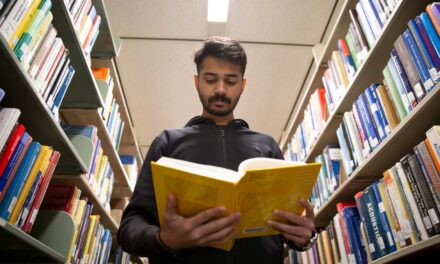
Human-machine interaction could restore lost movement ability

Stephen Helms Tillery, assistant engineering professor, is a specialist in cortical neurophysiology, neural control of movement and neuroprosthetics. Photo by: Jessica Slater/ASU
Posted: January 4, 2012
Arizona State University engineer and neuroscientist Stephen Helms Tillery is using his expertise in brain-computer interface technology to seek ways to help people with limited physical mobility regain movement.
Helms Tillery is an assistant professor in the School of Biological and Health Systems Engineering, one of ASU’s Ira A. Fulton Schools of Engineering.
In work partially funded by the Arizona Biomedical Research Commission, he is collaborating with a Phoenix Children’s Hospital neurosurgeon to refine technology that accepts control signals from the brain to artificial limbs and electronic devices, and relays sensory information from those mechanisms back to the brain. Individuals would be able to increase and control their physical capabilities through this human-machine interface.
The advances particularly hold promise for aiding amputees, stroke patients and people with paralysis.
Article source: Arizona Republic
Editor’s Note: Links are included for informational purposes only. Due to varying editorial policies, news publications may remove or change a link for archival purposes at any time without notice.



































